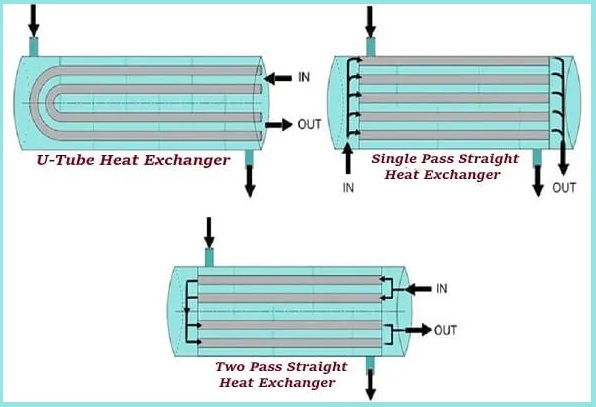A Cross flow heat exchanger exchanges heat energy from one air stream in an air handling unit (AHU) to another. Unlike rotary heat exchangers, cross-flow heat exchangers do not exchange moisture and there is no risk of airflow short circuit. Cross flow heat exchangers are used in cooling and ventilation systems where heat needs to be transferred from one airflow to another. Cross flow heat exchangers are made up of thin metal plates, usually aluminum. Thermal energy is exchanged through the panel. Traditional cross flow heat exchangers have a square cross-section. The thermal efficiency is 40 to 65%. If higher thermal efficiency is required, a countercurrent or double cross flow heat exchanger can be used.

In some types of heat exchangers, moist air can cool to the freezing point and form ice. Crossflow is usually cheaper than other types of heat exchangers. This is typically used when hygiene standards require that both airflows be completely separated from each other. Widely used in large water bottles, hospitals, and heat recovery systems in the food industry. In contrast to rotary heat exchangers, cross-flow heat exchangers do not exchange moisture.
Table of Contents
Types of Cross Flow Heat Exchangers
Generally, there are two types of cross flow heat exchangers are used. This classification is based on the fins in the system.
- Mixed flow heat exchanger
- Unmixed flow heat exchanger
Let’s have a look at these two types of heat exchangers.
1. Mixed flow heat exchanger
This type of heat exchanger doesn’t have fins. It is also known as an unfinned heat exchanger because it has no fins. In this heat exchanger, the liquid flows perpendicular to the tubes and through the tubes on the shell side. In this type, the turbulent flow of the liquid can occur. This turbulent flow helps to increase the heat transfer coefficient. It has a lower pressure drop than cross flow heat exchangers.
2. Unmixed flow heat exchanger
An unmixed flow heat exchanger is also known as a finned heat exchanger because the fins are mounted around the tube and allow the fluid to flow over the tube. These fins increase the effective heat transfer surface area and thus help increase the heat transfer coefficient.
However, these heat exchangers result in higher pressure loss in the system. In addition, these replacements are expensive and heavy due to the added ribs.
Applications and Uses of Cross Flow Heat Exchanger
- Crossflow heat exchangers are used in refrigerators
- They are also used in the freezing industry.
- They are used in car radiators.
- This heat exchanger acts as a condenser for the steam system.
